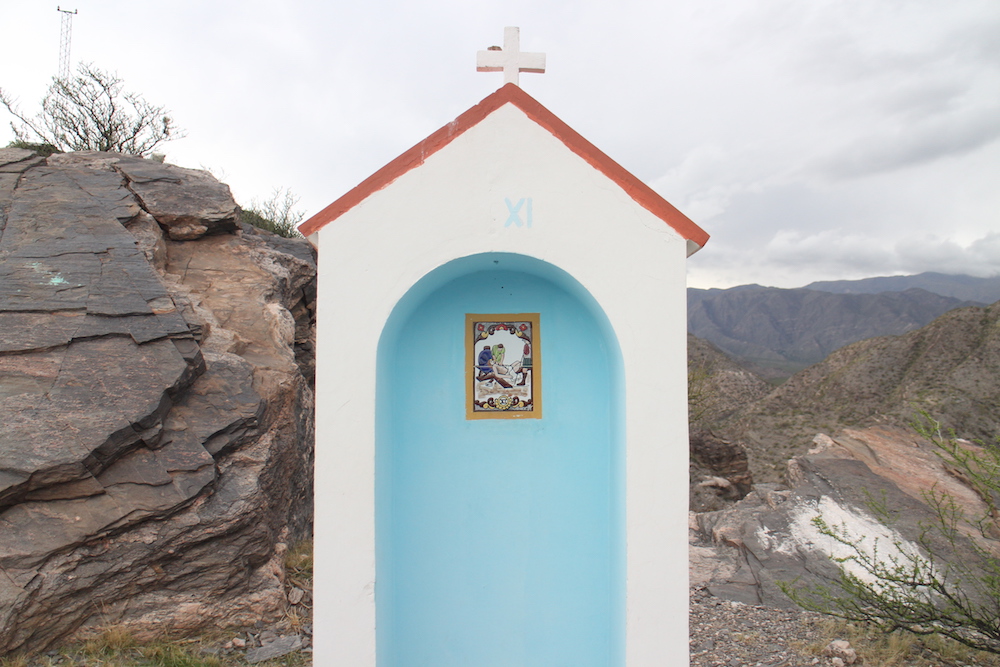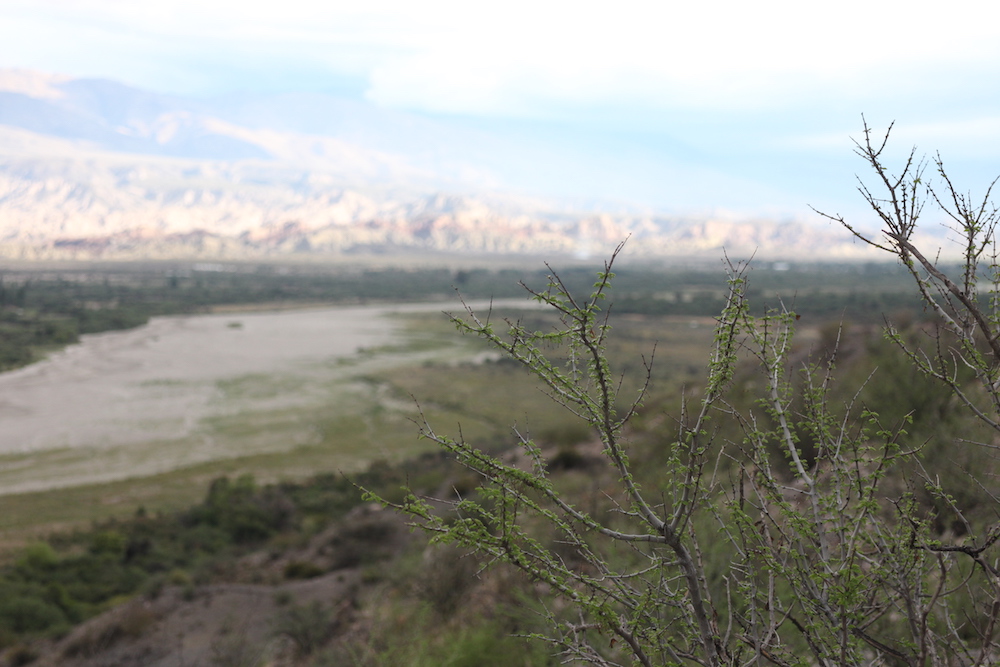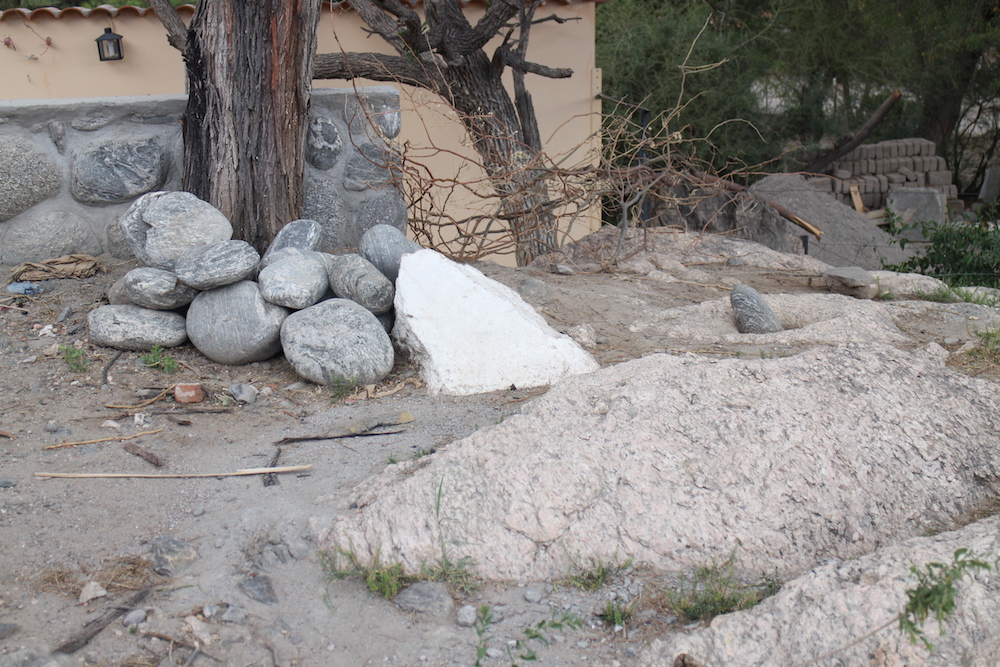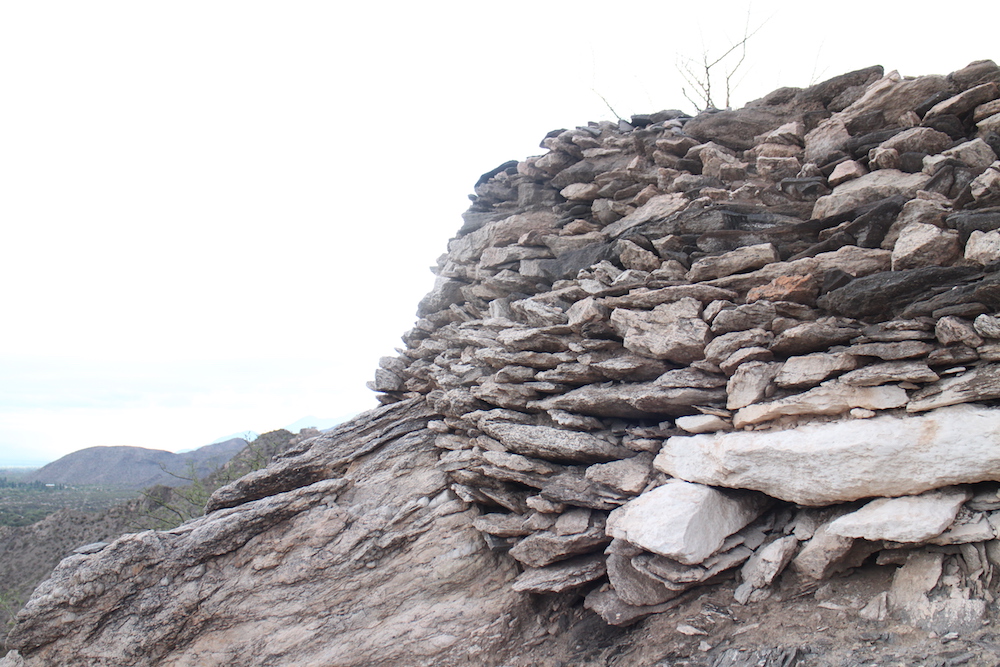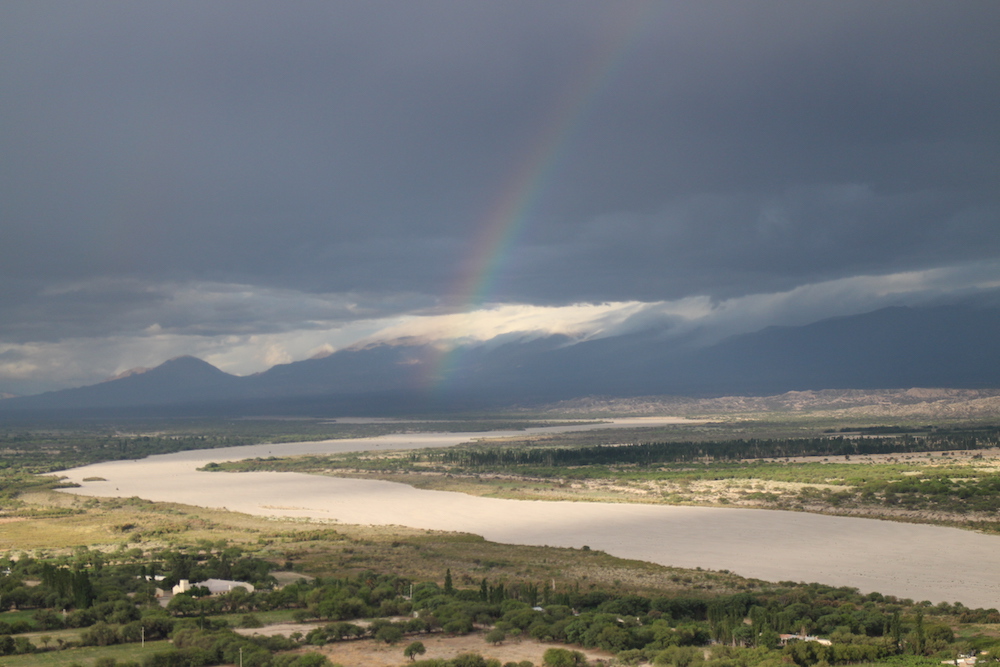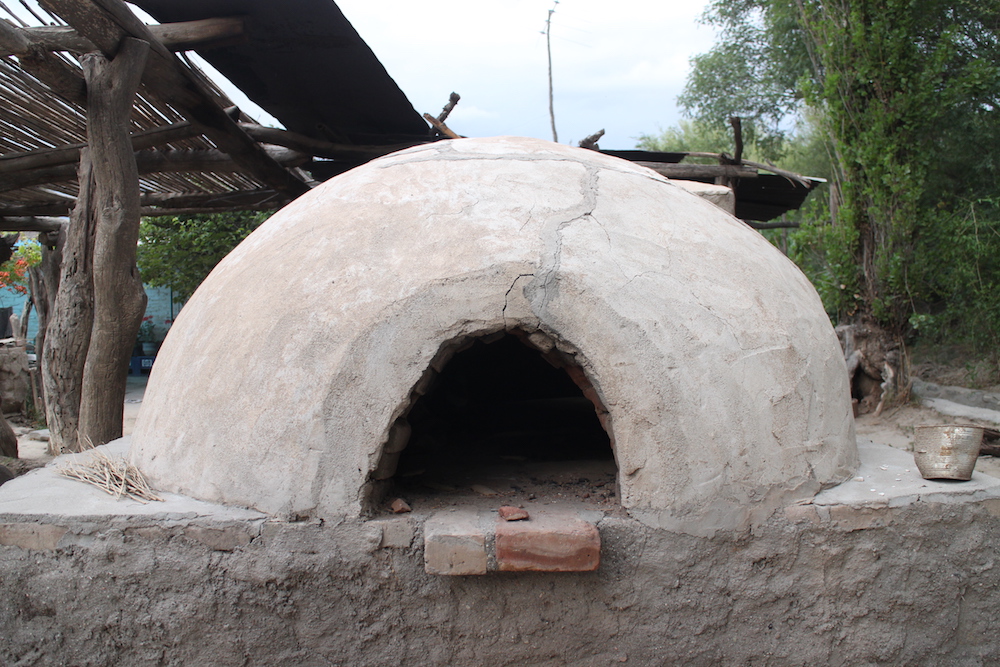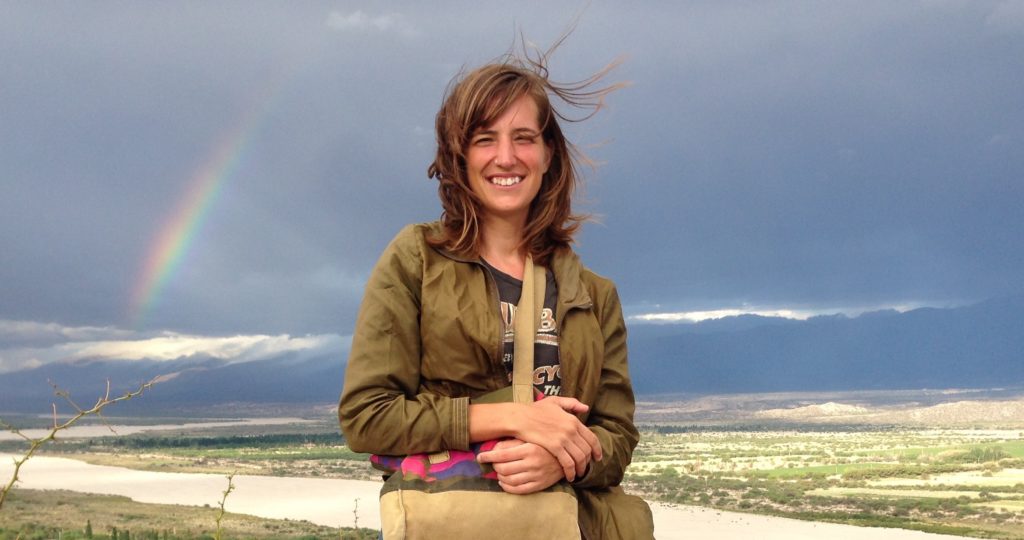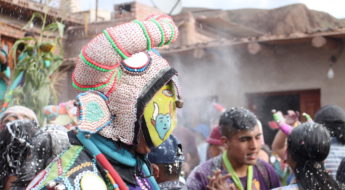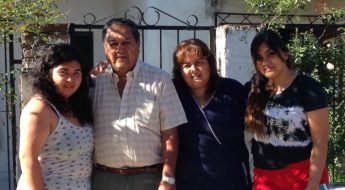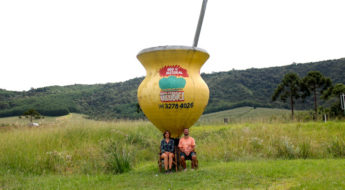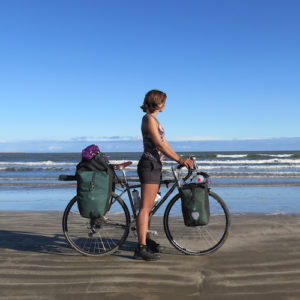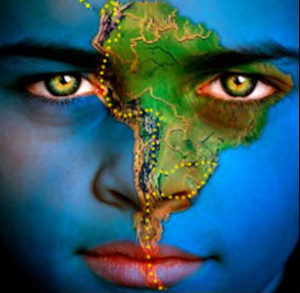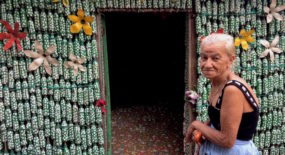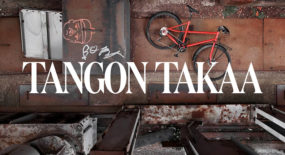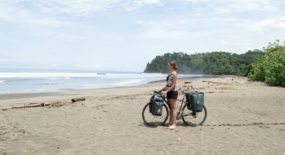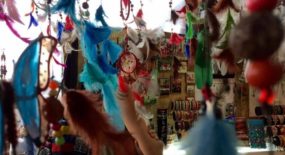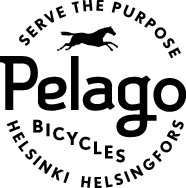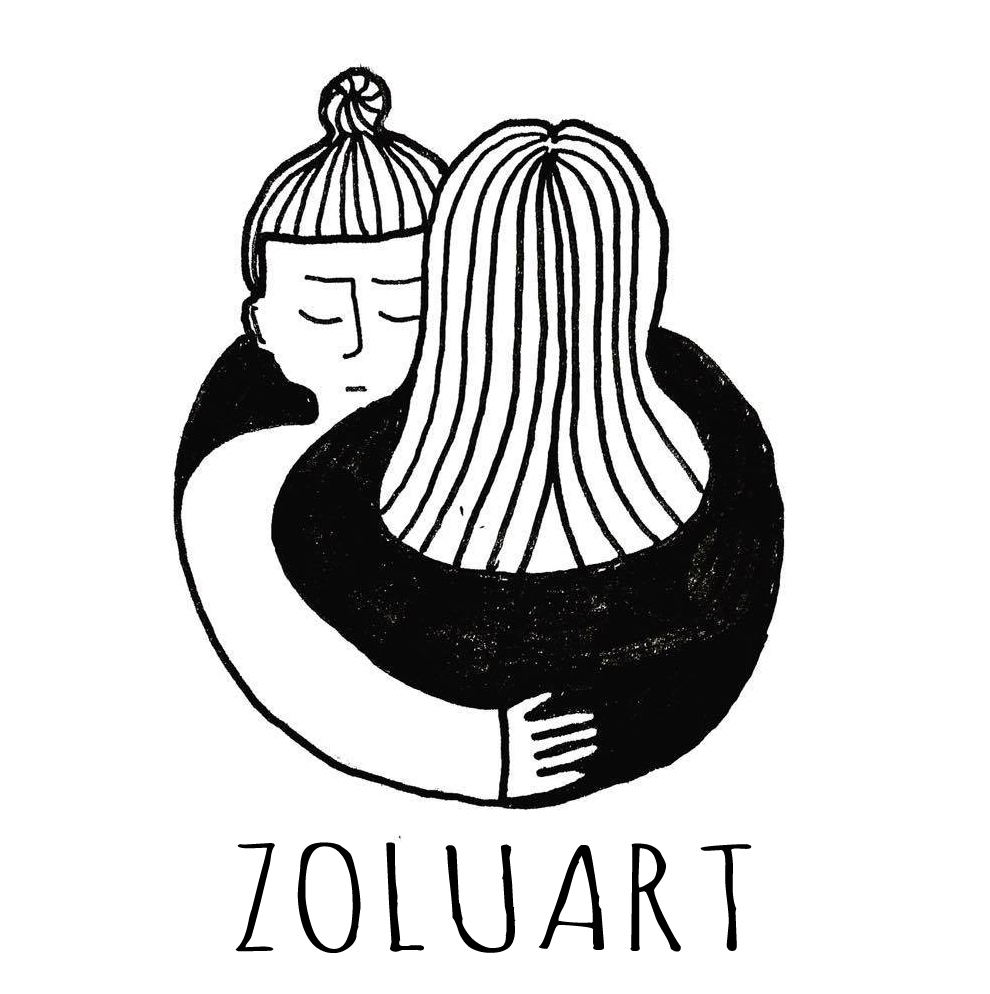LANDS OF ANCESTORS: TEARS IN CALCHAQUÍ VALLEY
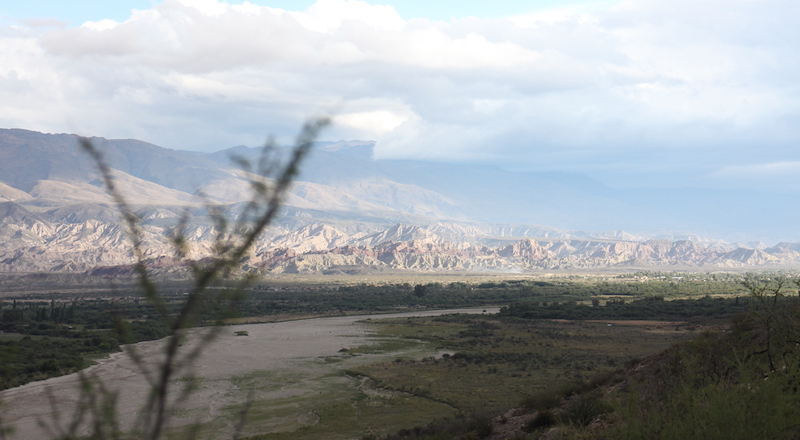
The Calchaquí Valley (Valles Calchaquíes) is no doubt the most emotional place that I’ve been to so far in South America. The view towards the valley from any of its multicolored mountains is beyond impressive, and the stories of locals bring the whole landscape into a deeper context which makes the experience even far more intense than the mere sight of it. Yet, the tragic history of the valley is present in every rock on the ground, in every ray of the sun, in the look in every local’s eyes. And at the same time, it all feels sacred — which to its inhabitants, it is.
I experienced the Calchaquí Valley through Family Gonzalez – a family originally from the valley, with whom I stayed for over two weeks in three different locations. In Tucumán, Juan Esteban Gonzalez told me stories about his home town, Amaicha del Valle. In Tafí del Valle I discovered the valley through the family of his cousin, Juan Timoteo Gonzalez. Last but definitely not least, I stayed in Santa Maria with the family of Hugo Gonzalez, who showed me what it means to be a descendant of ‘the last native of the valley’.
Natives vs newcomers
Ever since I landed in South America (and during my stay in the Eastern and Southern parts of Africa a few years back), I’ve been an active witness of the past and present doings of Europeans on other continents. I’ve stayed in houses of descendants of Europeans, I’ve stayed in houses of descendants of Europeans and South Americans, and I’ve stayed in houses of indigenous peoples and descendants of indigenous peoples. Each and every one of these people has taught me to look at their continent through different eyes – some of these views have been pleasant, others haven’t. Europe has a lot to do with this.
There are a lot of European descendants in Argentina, Uruguay, Southern Brazil and Paraguay (I won’t speak about the countries I don’t yet know, although I am aware that the whole continent used to be colonized by Europeans), and in many areas the native and European cultures are so densely intertwined that it’s impossible to tell where one ends and the other one begins. Not that it would even matter in all cases, but in some cases it does. Why? Because understanding what Europeans have done on this continent (and in Africa) is an important part of understanding why people at present think how they think. If you’re white, it also explains why there are countries in this world (like Tansania), where you might face racism. Although I don’t approve of it, I can still understand it.
Expulsion of indigenous peoples
Intercultural communication has always existed, and the transformation of cultures is merely a natural process in the history of mankind. Sadly though, there are always cultures which have considered and continue to consider themselves more superior than others. Just think about it: when speaking about the arrival of Europeans in Latin America, we often hear the word “discovery”. Yet, what we should be asking ourselves is who discovered what? When Europeans landed in South America, the continent wasn’t empty. In fact, it was already filled with the people we nowadays refer to as indigenous. These people had been living in these lands and communities for centuries, when all of a sudden Europeans appeared out of nowhere and reclaimed themselves the owners of those lands. (An interesting thing to do when you can obviously see there are people already living there.) So, why do we Europeans still think we discovered something?
After taking away as much land as possible from the natives, the conquistadores started buying and selling it to each others, and to the Europeans still in Europe. There were natives living and cultivating on those lands, but they were thrown out of their premises, because ”it wasn’t theirs anymore”. They hadn’t paid for those lands as the Europeans had, and thus had no legal rights to them (from the European perspective, may I add). They were told to leave their homes, and as they refused (which any normal human being would do), they were forcefully expelled. Some indigenous people were even fully extinguished (such as the Selk’nams in Tierra del Fuego, Argentina) through armed massacres. (Just a side note: exactly the same happened in Zimbabwe – or Rhodesia at the time – and in South Africa, where in the previous, a big part of the lands were taken back by native Africans in a very bloody land reform lead by president Mugabe. In Europe, this land reform has always been presented as a huge tragedy, although in the end, to many natives, it returned the lands their families used to live on.)
Whites – A privileged minority
All in all it’s a simple fact that in countries like Argentina and Paraguay, white European descendants are nearly always the ones with most money, most land and who are in the highest positions in politics and in the business world. (And here, I am making the distinction between white and non-white solely, because it’s just a fact that skin color does separate people in these counties.) In other words, they’re the ones who rule. Why, for example, do many museums in Paraguay have things written only in Spanish, although the country’s second language Guaraní is spoken by 90% of the population? In addition to this, not a single time while cycling on this continent have I seen a famous TV presenter who wasn’t white. Not a single time have I seen a descendant of indigenous parents in high political positions (I remind you that I’m only talking about Argentina, Paraguay, Uruguay and Southern Brazil). Not a single time have I seen anything but tall and white mannequins, even though the majority of the locals are short and dark.
Having spent time with European descendants and indigenous peoples, the reality I see through the eyes of both parties is very different: many landowners of European descendant (not all and not just landowners) have been brought up to think that the lands they live on are theirs, and that indigenous people are no good for anything but cheap labour. They replicate the ideologies of the conquistadores thinking that all indigenous people are “left behind”, stupid, lazy or dangerous (because of fighting for the lands that they think still belong to them) and feel connected to the Western world. What’s more, many proudly consider themselves Europeans although having never laid foot on European grounds. (Anyone with European ancestors can apply for a European passport, which raises a whole new question: are you from where you live or where your passport says you’re from? Or are you where your ancestors are from? And does it really matter?)
Who owns the land?
As to the indigenous peoples (or those of indigenous descent), they consider themselves owners of the lands by ancestry and birthright. (By the way, let me state that until now, I have never stayed with an indigenous landowner with workers of European descent.) Or they simply think that land is everyone’s (in Paraguay, the so called “campesinos” sometimes squat lands by building their own, scrap metal houses on them. In Argentina, Juan Esteban Gonzalez and his wife also used to live like this before they were thrown out by the landowner.) They have been raised with stories and tales about the lands, and they have been grown up to either look up to Europeans (and North Americans, for that matter) or to loath them for what they have done and still keep doing – that is exploiting natives. They are not interested in the Western concept of materialism as such (this does not by any means mean that indigenous peoples wouldn’t buy or consume things), yet also do not accept modern Westerners coming to their lands and taking away all that’s valuable in it.
So, here’s the dilemma: European descendants think they own the lands because they’ve bought their lands through legal affairs. Indigenous peoples think they own the lands because they’re the ones who used to live their before Europeans came. Although I would personally vote for the indigenous people being right in this matter, the situation gets more complicated: the people who bought the lands are dead. What’s left are their descendants who have nothing to do with the forced expulsions. They have been born to a culture where they are landowners, and personally, they have not forcefully taken any land from anyone. (There are other issues with landownership, like exploitation of cheap workforce, which is a whole different story.) Therefore, they will probably not leave their homes voluntarily. And should they
Racism, ever so present
The point is actually not only who’s right or wrong. The point is that even at present there’s still hatred and repulsion towards “the others”. History is history, but reciprocal discrimination still goes on. There’s still a huge gap, not only monetarily but also mentally. There’s still war, even if unarmed. There’s still racism which can be heard in conversations like the one I once had in Vic Falls, Zimbabwe: “So, how many people live here?” ”What do you mean? Like, white people?”, or in sentences like the one I keep hearing over and over again in Asunción: “everybody here knows each other”, meaning: “all white people here know each other”. And there are still those colonialist belief systems which exist in the map we use (which shows Europe as huge compared to other continents), in the way we speak about Latin America and Africa in Europe (as continents left behind), and funnily enough, in the way Latin Americans see Europe (as a continent where everyone is healthy and wealthy).
“We need to protect the Valley”
But what does any of this actually have to do with the Calchaquí Valley? Well, everything: it’s the place where I truly realized what it feels like when your land is taken away from you. A place where I felt it to the flesh and bone so vividly I cried. A place where I fell silent (doesn’t happen often). A place I felt so connected to that even the thought of someone taking it away from me (or from anyone else, for that matter) caused me pain. A place where I truly understood the meaning of the words “we need to protect out valley”, told to me by Hugo Gonzalez when asking him if he liked to travel – referring to the fact that the people of the valley have to fight for preserving their culture and goods. If they don’t, it will all be taken away from them (by multinationals, mining companies, the church, and many others).
The Calchaquí Valley is where I’ve seen what it means to have your culture run down by outsiders who don’t value your native culture. (And the beauty of interculturality when two cultures live together in harmony.) It’s where an old and beautiful church built centuries ago by Jesuits (who, of course, are not natives of the valley, but who left something very valuable for the people of the valley) has been torn down and replaced by a modern church built recently by Spaniards. It’s where archaeological findings which belong to the valley have been illegally excavated and taken to the archaeological museum in Berlin. It’s where there are still stone fences in the places where the indigenous people used to hide from Europeans. It’s where mining companies continuously exploit locals by promising work for everyone, yet taking away their minerals and not giving anything in return. It’s where my heart rested, yet my soul was restless.
How I ended up in the Calchaquí Valley
My first connection with the valley was made long before I even set my foot on the South American continent. In fact, the Calchaquí Valley is one of the only places I knew I would visit on my journey through Latin America, thanks to my friend Ruben Gonzalez. Before leaving home, all I had planned was to start my trip in the Southernmost tip of Argentina and cycle at least through Uruguay, Paraguay and Tucumán. Why? Because Ruben, who lives in Finland, had talked about the place and his family with so much love and admiration that I knew I had to see and feel them myself. I had become emotionally attached to the Calchaquí Valley without ever having visited it.



